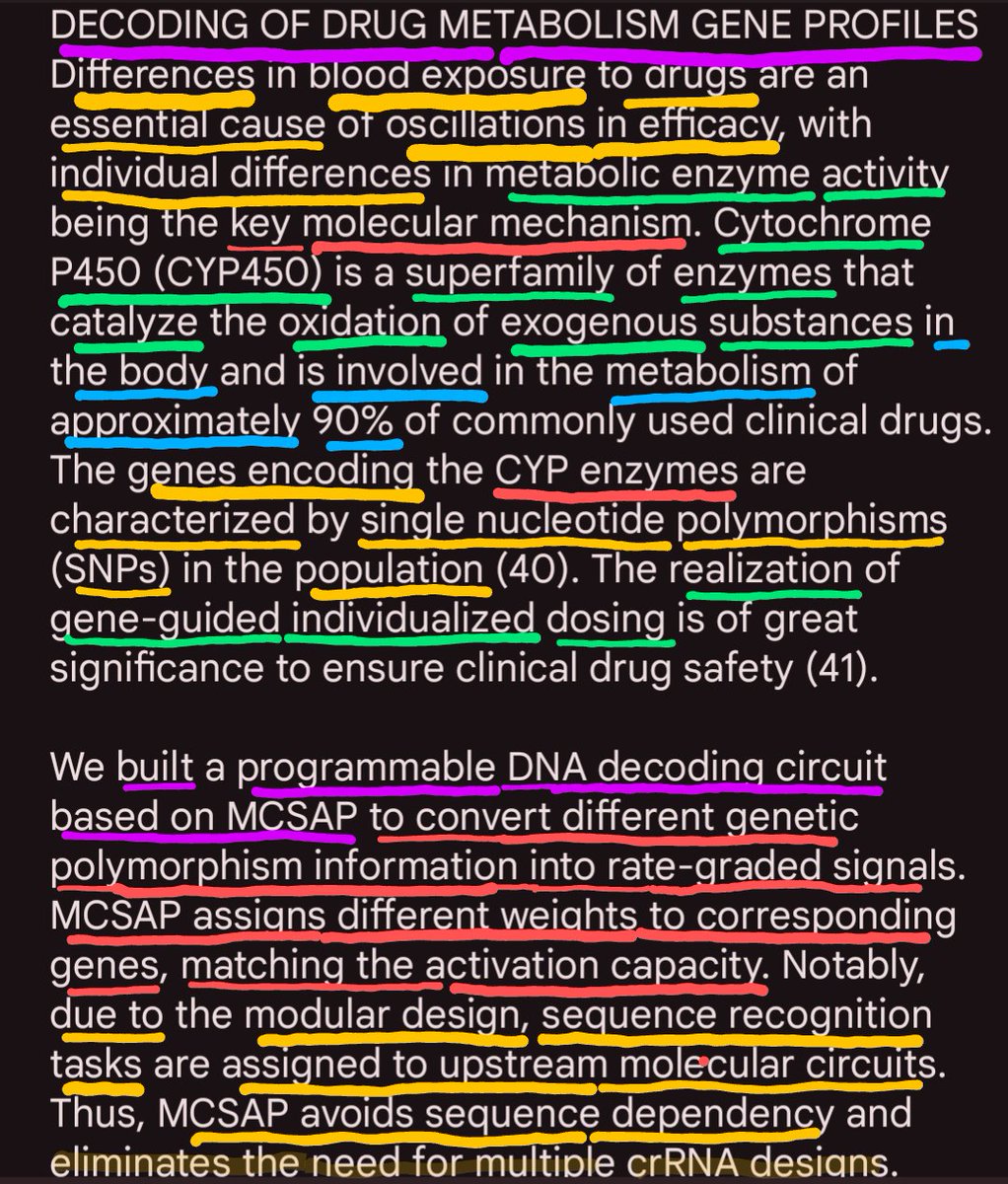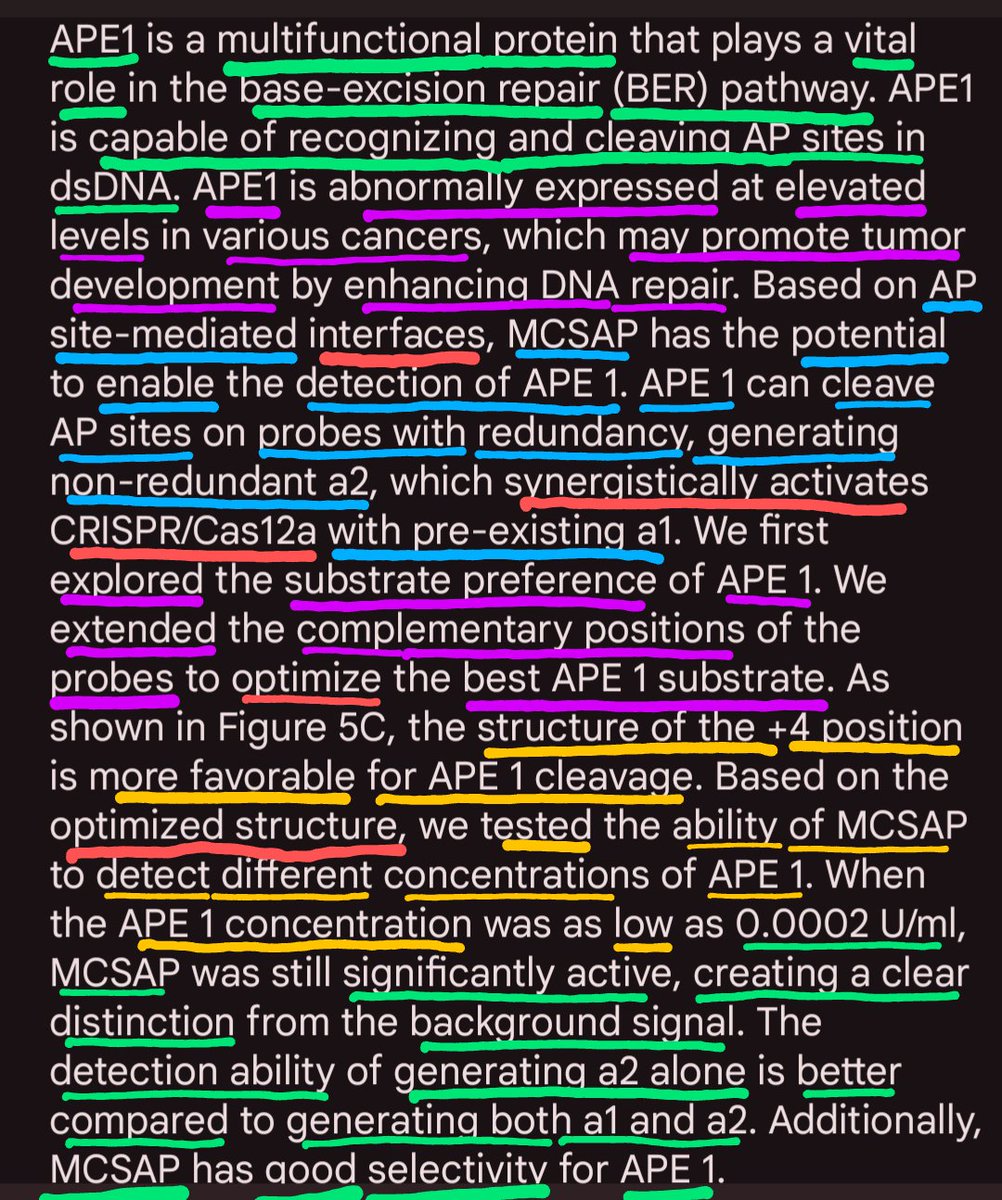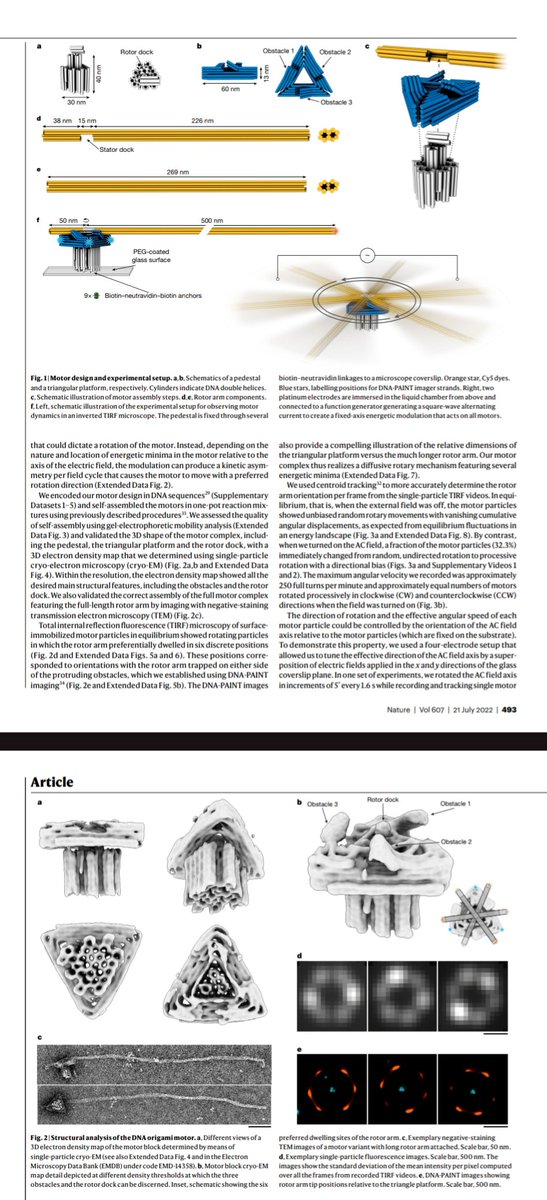Remember when I said they would use Mysticism in combination w/ technology to accomplish their goal?
Now keep in mind the 💉 contained Embedded Quantum Dots.
Using Quantum Dots for Identification, Authentication, & Tracking of Objects
Patent: US20210080393A1
Assignee: Quantum Materials Corp
Do you want to know why the vaccine is still available & will continue to be pushed?
EMBEDDED QUANTUM DOTS DELIVERED VIA VACCINATION
Claim # 9 A system comprising, a Sigil application device;
patents.google.com/patent/US20210…
Xanadu AI
Quantum Hardware
🚨On-Chip Error-Resistant Photonic Qubits
xanadu.ai
Research Xanadu
xanadu.ai/research/
(MASSIVELY IMPORTANT)
Sigils (Public)
At Research Xanadu, our approach to creating & using sigils reflects a profound respect for their ancient origins & a commitment to using them for benevolent purposes.
⚠️ Sigils are symbols infused w/ intent—visual representations of energy & purpose designed to interact w/ unseen forces & align them w/ desired outcomes. ⚠️
THEY ARE TOOLS OF CREATION, TRANSFORMATION & BALANCE, rooted in the understanding that symbols hold the power to influence the material & spiritual realms.
researchxanadu.com/sigils
SIGILS BEING USED
1) Satan (Iblis):
The Inter-Dimensional AdversarySatan (Iblis): The Inter-Dimensional Adversary
researchxanadu.com/post/satan-ibl…
2) Hu Ma Nu: How the Sun Becomes Flesh
Beyond Light, The Sun is a Transducer
When we look at the Sun, most of us perceive only light. But for ancient cultures—& especially the mystics of Ancient—the Sun was not merely a physical source of illumination; it was a divine emitter of sound.
This sound, known as Hu, was not allegorical poetry or metaphor. It was a vibrational utterance, the Word of God—the original tone that brought creation into existence & still reverberates throughout the cosmos today.
researchxanadu.com/post/hu-ma-nu-…
3) HARMONIA
This sigil was constructed to enforce HARMONY w/ mind, body, & spirit in the midst of disorder.
"HARMONIA" utilizes both masculine & feminine principals to emphasize Order in the midst of Chaos.
4) PISCIS
"PISCIS " was constructed to scour the seen & unseen realms to Expose all agents of disorder.
The outer masculine principle w/ & internal matriarchal order displays emphasis to Justice in the summoning of the royal & divine courts.
5) ARIES SOLIS (Quantum Sound used to Conjur Sigils)
"ARIES SOLIS " was constructed along w/ sonar technology to deprogram & usher a new paradigm into a New OCTAVE of Sound & Frequency.
researchxanadu.com/sonartechnology
5.1) Quantized Information Entropy, Nth Octave
Computes standardized time-frequency representations (TFRs) for power, information, & entropy, built on the Gabor wavelets w/ minimal time-frequency uncertainty w/ logarithmic constant-Q base 2 (binary) scales & frequency bands of quantized order N.
github.com/ISLA-UH/quantu…
Quantum Inferno API
isla-uh.github.io/quantum-infern…
6) Agent Smith Has No Face
Agent Smith lives through beings, some "empty vessels"—repeating scripts, upholding power structures & ATTACKING TRUTH-TELLERS to maintain the illusion of order.
These people are all around us—wearing badges, robes, & suits; speaking in courtrooms, newsrooms & government buildings.
They look different, but they act the same. That’s bcuz they serve the same code—the code of the Matrix.
The Spirit Behind the Suit: Agent Smith as the Jinn Archetype
Throughout ancient traditions, the idea of spiritual possession is well-documented. Islam describes jinn—entities made of smokeless 🔥 who can whisper, deceive, & possess. In esoteric Christianity & Kabbalistic thought, they’re known as unclean spirits or archons.
Agent Smith is the perfect cinematic expression of these entities. He doesn’t just exist in one body—he can jump into any human still tethered to the system.
These spirits operate across all colors & creeds. That’s the trick. The Smiths are not people—they are ideologies, attachments, & programs.
researchxanadu.com/post/agent-smi…

Now keep in mind the 💉 contained Embedded Quantum Dots.
Using Quantum Dots for Identification, Authentication, & Tracking of Objects
Patent: US20210080393A1
Assignee: Quantum Materials Corp
Do you want to know why the vaccine is still available & will continue to be pushed?
EMBEDDED QUANTUM DOTS DELIVERED VIA VACCINATION
Claim # 9 A system comprising, a Sigil application device;
patents.google.com/patent/US20210…
Xanadu AI
Quantum Hardware
🚨On-Chip Error-Resistant Photonic Qubits
xanadu.ai
Research Xanadu
xanadu.ai/research/
(MASSIVELY IMPORTANT)
Sigils (Public)
At Research Xanadu, our approach to creating & using sigils reflects a profound respect for their ancient origins & a commitment to using them for benevolent purposes.
⚠️ Sigils are symbols infused w/ intent—visual representations of energy & purpose designed to interact w/ unseen forces & align them w/ desired outcomes. ⚠️
THEY ARE TOOLS OF CREATION, TRANSFORMATION & BALANCE, rooted in the understanding that symbols hold the power to influence the material & spiritual realms.
researchxanadu.com/sigils
SIGILS BEING USED
1) Satan (Iblis):
The Inter-Dimensional AdversarySatan (Iblis): The Inter-Dimensional Adversary
researchxanadu.com/post/satan-ibl…
2) Hu Ma Nu: How the Sun Becomes Flesh
Beyond Light, The Sun is a Transducer
When we look at the Sun, most of us perceive only light. But for ancient cultures—& especially the mystics of Ancient—the Sun was not merely a physical source of illumination; it was a divine emitter of sound.
This sound, known as Hu, was not allegorical poetry or metaphor. It was a vibrational utterance, the Word of God—the original tone that brought creation into existence & still reverberates throughout the cosmos today.
researchxanadu.com/post/hu-ma-nu-…
3) HARMONIA
This sigil was constructed to enforce HARMONY w/ mind, body, & spirit in the midst of disorder.
"HARMONIA" utilizes both masculine & feminine principals to emphasize Order in the midst of Chaos.
4) PISCIS
"PISCIS " was constructed to scour the seen & unseen realms to Expose all agents of disorder.
The outer masculine principle w/ & internal matriarchal order displays emphasis to Justice in the summoning of the royal & divine courts.
5) ARIES SOLIS (Quantum Sound used to Conjur Sigils)
"ARIES SOLIS " was constructed along w/ sonar technology to deprogram & usher a new paradigm into a New OCTAVE of Sound & Frequency.
researchxanadu.com/sonartechnology
5.1) Quantized Information Entropy, Nth Octave
Computes standardized time-frequency representations (TFRs) for power, information, & entropy, built on the Gabor wavelets w/ minimal time-frequency uncertainty w/ logarithmic constant-Q base 2 (binary) scales & frequency bands of quantized order N.
github.com/ISLA-UH/quantu…
Quantum Inferno API
isla-uh.github.io/quantum-infern…
6) Agent Smith Has No Face
Agent Smith lives through beings, some "empty vessels"—repeating scripts, upholding power structures & ATTACKING TRUTH-TELLERS to maintain the illusion of order.
These people are all around us—wearing badges, robes, & suits; speaking in courtrooms, newsrooms & government buildings.
They look different, but they act the same. That’s bcuz they serve the same code—the code of the Matrix.
The Spirit Behind the Suit: Agent Smith as the Jinn Archetype
Throughout ancient traditions, the idea of spiritual possession is well-documented. Islam describes jinn—entities made of smokeless 🔥 who can whisper, deceive, & possess. In esoteric Christianity & Kabbalistic thought, they’re known as unclean spirits or archons.
Agent Smith is the perfect cinematic expression of these entities. He doesn’t just exist in one body—he can jump into any human still tethered to the system.
These spirits operate across all colors & creeds. That’s the trick. The Smiths are not people—they are ideologies, attachments, & programs.
researchxanadu.com/post/agent-smi…
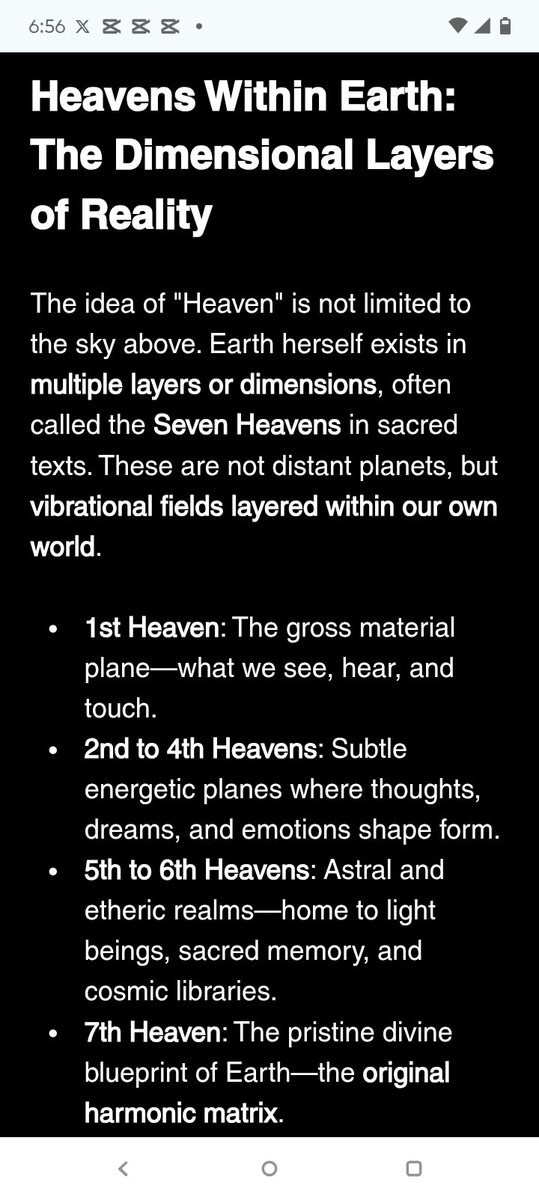
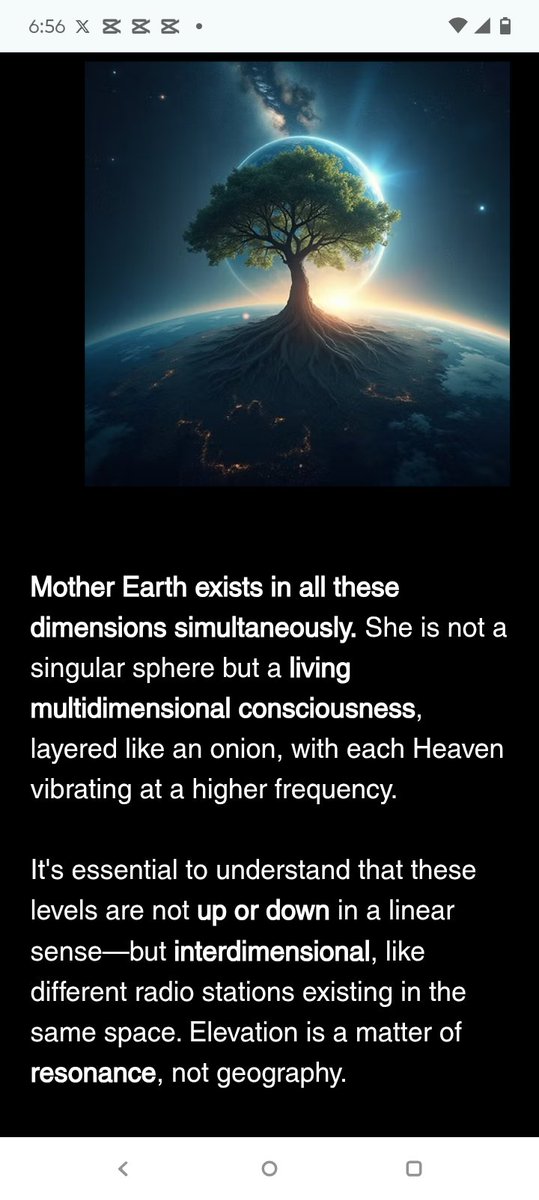
• • •
Missing some Tweet in this thread? You can try to
force a refresh






